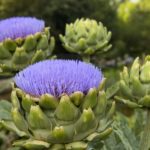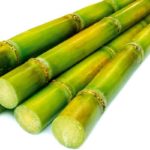Washing and soaking vegetables for too long
A common habit of many housewives is to wash and soak vegetables before cooking for a long time to remove chemicals and dirt from the vegetables. However, this method only removes normal dust that sticks to the vegetables and does not remove the actual chemicals.
In addition, if you soak vegetables for too long, the vitamin C content will easily dissolve in water. Moreover, soaking vegetables too much causes the vitamins and nutrients in the vegetables to be washed away, resulting in a less flavorful taste.
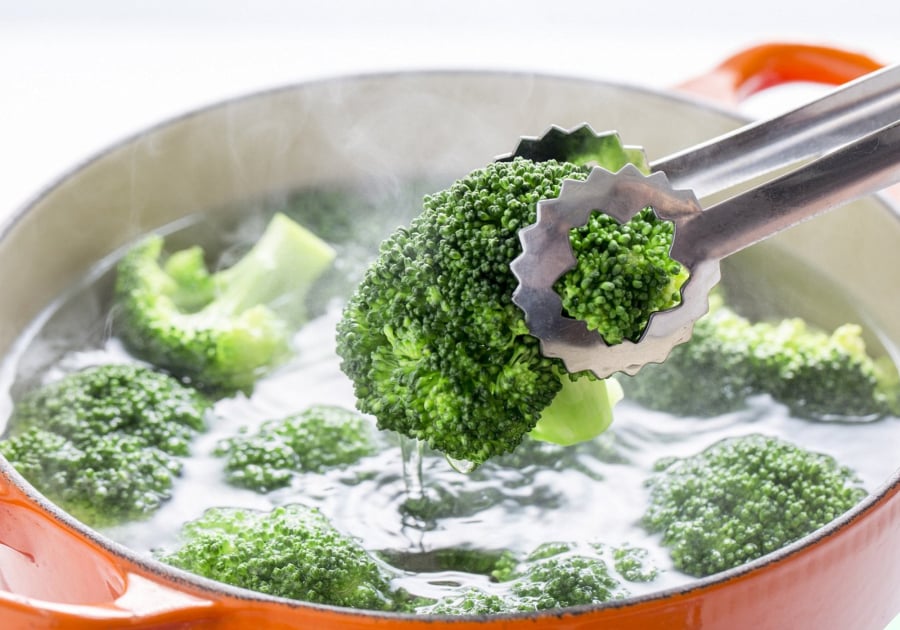
Overcooking vegetables
According to experts, when you cook vegetables on high heat, they cook very quickly, even with some vegetables such as water spinach and sweet potato leaves, you only need to boil them for one minute before removing them. It is best to steam and eat vegetables like broccoli. But in reality, many housewives, especially older ones, prefer to fully cook their vegetables, fearing that they are not cooked enough. As a result, the vegetables become mushy and lose all their vitamins and flavors.
If you overcook vegetables, the time the vegetables are exposed to heat is the key to preserving the most vitamins in them. Therefore, when cooking vegetables, you should use high heat until the water boils before adding the vegetables. Adding vegetables to cold water will cause a loss of up to 42% of the vitamins.
You should cook vegetables properly, considering the cooking time for each type of vegetable. For example, water spinach cooks quickly, while cabbage may take a little longer. But taste the vegetables when they are slightly cooked, don’t let them boil for too long!
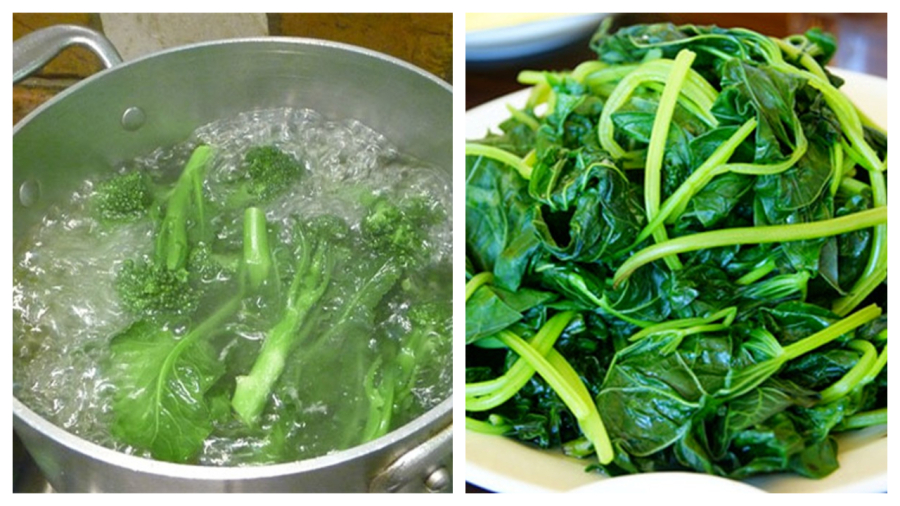
Cooking vegetables with an open lid
One of the mistakes when cooking vegetables is to cook them with an open lid. When the lid is open, the vitamin content in the vegetables easily evaporates, causing the vegetables to lose their nutrients and the taste to become dull. Therefore, when cooking vegetables, you should keep the lid closed and use high heat to ensure that the vegetables are cooked to a vibrant and crispy texture.
In addition, during the cooking process, you can add some spices to give the vegetables a rich and delicious flavor as desired.
How to Steam Vegetables Without Water While Keeping Nutritional Quality
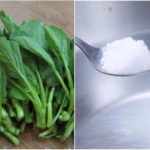 Vegetables Without Water While Keeping Nutritional Quality’>
Vegetables Without Water While Keeping Nutritional Quality’>Are you looking for an efficient and nutritious way to cook your vegetables? XANH Appliances has the answer with two incredible methods of boiling vegetables without the need for water. Find out how to make the most of your vegetables with XANH Appliances!
Uncover the Surprising Health Advantages of Sugarcane Juice
Do you believe in the power of sugarcane juice? From giving your body an energizing natural boost to detoxifying your liver and aiding digestion, this drink offers an array of benefits. Not to mention its ability to help maintain healthy teeth, clear up skin, and combat fatigue. Have you ever wondered what wonders a simple glass of sugarcane juice can do for you?

























